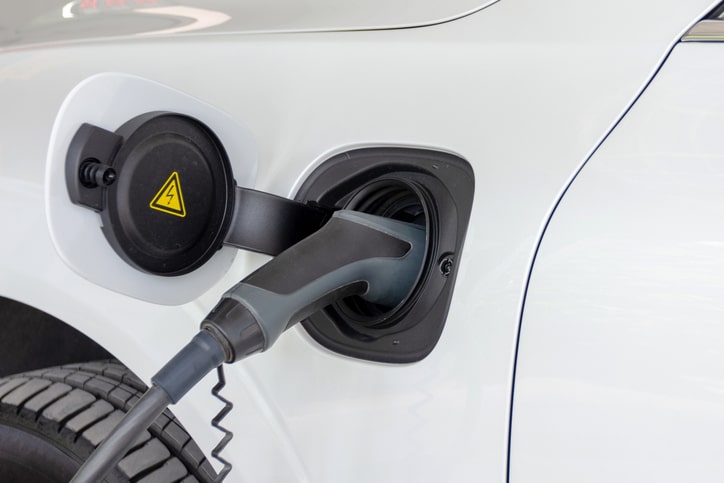Did you know that most electric vehicles are charged in residential locations? According to statistics published by the Environmental Protection Agency, an overwhelming majority of EV charging happens at home and through the night. The Alternative Fuels Data Center of the Department of Energy also reports a significant uptick in EV charger installations in recent years. These figures prove that EV drivers are realizing the convenience and cost-effectiveness of a home charging station.
With the above in mind, let’s review two interesting facts about home EV charging that underscore how much we have advanced in terms of automotive engineering, battery technology, and sustainable design.
Incentives Can Pay for Your Home EV Charging Station
Depending on the model and the programs you qualify for, the installation of a home charger may be covered with the purchase of a new EV. The Internal Revenue Service, for example, offers a Clean Vehicle Credit up to $7,500 on many new EV models, which would surely cover the installation of a Level 2 charging station, and most of the cost of installing a Level 3 DC fast-charging station in your house.
In addition to the federal tax credit, some automakers offer to pay for the home EV charger. Hyundai and Kia come to mind in this regard; both automakers have released many new EV models that they are eager to sell, and the EV charging station credit is a clever incentive. Mercedes-Benz offers a proprietary Wallbox charging station with designer styling, and it is provided for free to buyers of new S-Class sedans.
Three Levels of Charging With Three Charging Speeds
Your 120V standard electric outlets at home are connected to a residential circuit that is essentially a Level 1 charging station. The mobile charging cable that comes with your EV can be plugged into one of these outlets for Level 1 charging, which is impractically slow for most EVs, but it can work for plug-in hybrid models.
Level 2 charging stations are the most commonly installed at home; they are fast enough to fully charge the largest EV batteries overnight. A Hummer EV, for example, can charge from 0% to 100% on a Level 2 charger in less than nine hours. If you drive a plug-in hybrid model such as the new Ford Escape, the backup battery can charge in an hour when plugged into a Level 2 station, and you’ll have 37 miles of driving range.
Level 3 chargers are for high-end and flagship EV models such as the aforementioned S-Class. These DC fast-charging stations can fully energize the depleted battery of the Ford Mustang Mach-E in about an hour, thus giving you up to 320 miles of range. When you plug a Level 2 EV into a Level 3 charger, you’ll get a slight improvement in charging speed.
When you need installation or repair of home EV chargers, don’t hesitate to contact Sublime Electric in Boise, ID.


